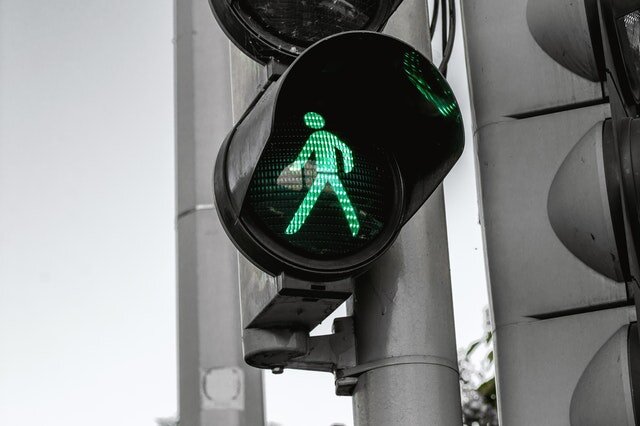Why We Like Standing Desks!
We’ve all been told we should be using a sit to stand-desk, right? Because “sitting is the new smoking.” This may insinuate that standing is superior however research is showing that it’s not the actual standing itself that is improving metabolic measures. In fact, they’ve found that standing is about on par with the amount of energy used to sit, and in some situations actually less. So, its not just standing, it’s how you stand!
The benefit of Sit-Stand desks
The use of sit-stand desks are recommended within corporate health because compared to sitting because it is still believed it’s healthier. The underlying theory is because it encourages moving!
Not moving is associated with low mood and poor health. But it’s not “sitting” that is the risk here, it’s the lack of movement.
We need at least 7,000 steps per day to be considered not sedentary. But that’s just the bare minimum! That doesn’t include the minimum 30 minutes of moderate exercise that’s recommended 5 days per week.
3 ways sit-stand desk promote movement
1. Movement Breaks
As per our previous article Your body needs to move, because when we’re on one position for too long get stiff and sore and metabolism slows down. Plus, a focus break can also refresh the brain!
The actual process of changing your desk set up from sitting to standing, can boost circulation and reset the muscles, especially if the desk change requires more than just a button. Plus, you’re a lot more motivated to stretch when you stand up.
2. Postural Change
Similar to the movement breaks, changing the posture allows some of the muscles a bit of a break, and others that had been lying dormant, a little more work.
3. Increases movement
Standing desks encourage more movement in general. You subconsciously don’t feel as trapped by the chair and desk and are therefore more likely to stretch a bit more or take a few steps over to your colleague instead of using technology.
But, you’ve got to do it right!
Timing and Standing Fitness
Standing for extended periods isn’t something most of us do and it is not the goal be using the standing desk for a whole workday. You need to build up your “Standing Fitness” and the best way to do that is to increase your standing duration gradually.
There are actually risks associated with standing for too long. These include varicose veins, muscle fatigue, increased risk of carotid atherosclerosis, lower back pain, neck and shoulder strain and swelling of the lower limbs. It’s recommended not to exceed 30 minutes.
But we also don’t want to sit all day. Like most of life, it’s about finding a balance that works.
The University of Berkley, California, recommend starting with:
Starting with 5-10 minutes at your standing desk per hour
Progress to 8 minutes standing, 20 minutes sitting, 2 minutes moving over half an hour.
Eventually, aim to alternate between sitting and standing every 20-30 minutes.
Posture and set up
Not surprisingly, just like sitting, poor posture increases the risk of muscle strain and pain. Just because you are standing, doesn’t, not sitting, doesn’t automatically mean your posture at the desk improves. You need to both be mindful of your stance as well as make sure you’re set up to support an ergonomic posture.
Your Standing Desk Checklist
Top Mistakes to avoid
Don’t lean too far forward. Leaning more than 20o forward puts top much strain on the back muscles
Do wear supportive, comfortable shoes!
Do keep moving! You don’t have to stay in one posture, it’s ok to move from side to side, and stand on one leg. Just make sure it’s not for too long.
Try not to lock out your knees.
Should I use an anti-fatigue mat?
We weren’t able to find any high-quality research indicating that anti-fatigue mats are effective. Research finding moderate positive effects appear to be specific to prolonged standing of 2 or more hours, rather than desk-based posture alternating environments.
If you find it helpful then go for it! Research is rarely 100 % or 0%. Do what works for you!
Won’t it impact my productivity?
Research has shown that productivity doesn’t change between the sitting and standing posture!
Safe Standing!
And don’t forget to share the tips with your friends and family, forward this email or share the link:








